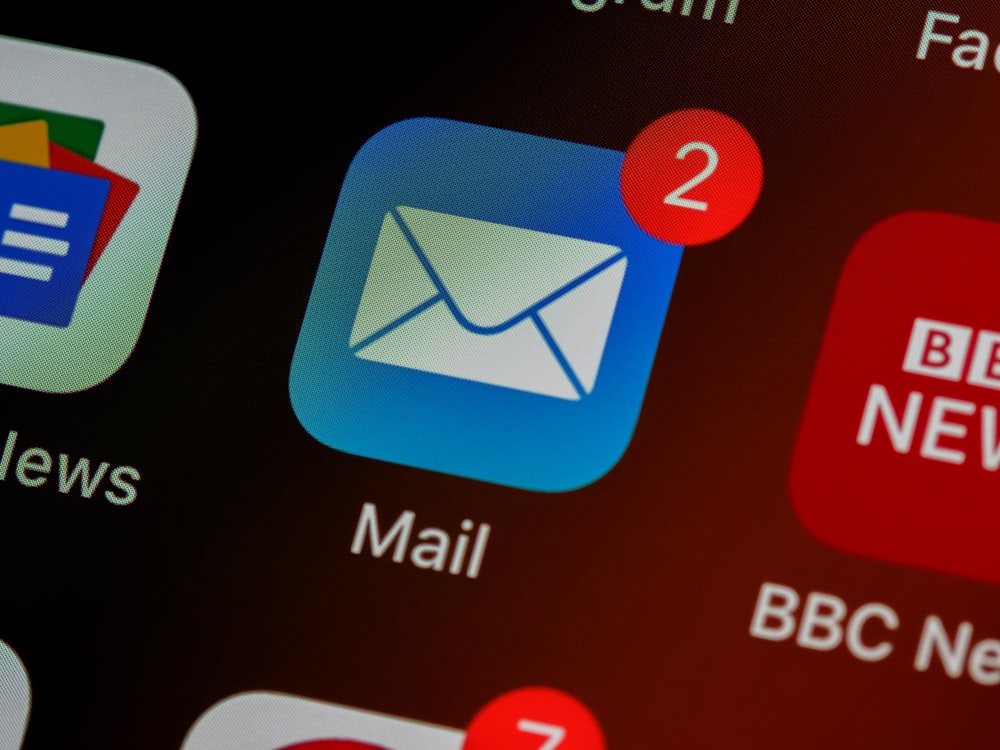Email Personalization: Do’s and Don’ts
Personalization should make emails more useful—not just more decorated. Done well, it increases relevance and response. Done poorly, it introduces errors and erodes trust. Use this do/don’t list to guide safe, effective personalization in your programs.
Do
- Use durable tokens (company, role, industry) with fallbacks.
- Personalize the opener and value line; keep the rest lightweight.
- Preview templates with sandbox contacts across segments.
- Let evidence decide—test personalized vs. generic variants.
Don’t
- Overload emails with tokenized phrases that can break.
- Fabricate details, guess emails, or fake familiarity.
- Use first names where it feels awkward or inaccurate.
- Personalize when confidence in data is low—default to generic.
Key takeaway
Personalization should be subtle, accurate, and clearly beneficial to the recipient. If it doesn’t improve the experience, leave it out.
Examples
Safe: “For {{role}} at {{company}}: 3‑step retention plan.”
Risky: “Loved your talk at [event]” (if not certain). When in doubt, generic wins.
Checklist
- Durable tokens only; fallbacks set
- Opener personalized; body lightweight
- Previewed with sandbox contacts
- Variant performance logged
Pitfalls to avoid
- Overfitting: Using niche details that fail for most records and create brittle copy.
- Data drift: Relying on stale attributes (old title/company) that damage credibility.
- Token stacking: Cramming many variables into one sentence makes errors obvious.
- Context mismatch: Adding details that don’t aid the offer or outcome.
Case note
Switching from heavy first‑name usage to role/company references reduced token errors to near zero and improved reply rates by 9% in cold segments. The copy felt more relevant and less forced.
Privacy and respect
Personalization should never imply surveillance. Avoid referencing sensitive or private data. When in doubt, default to generic phrasing that emphasizes value and outcomes instead of personal details.
FAQ
Do first names help? Sometimes, in warm contexts. In cold B2B, role/company often outperform. Test with care.
How many tokens are safe? Start with one in the opener and one in the value line. Add more only if they keep proving beneficial.
Conclusion
Use personalization like a scalpel, not a paint roller. Keep it accurate, minimal, and clearly useful to the reader. Everything else is decoration you don’t need.



